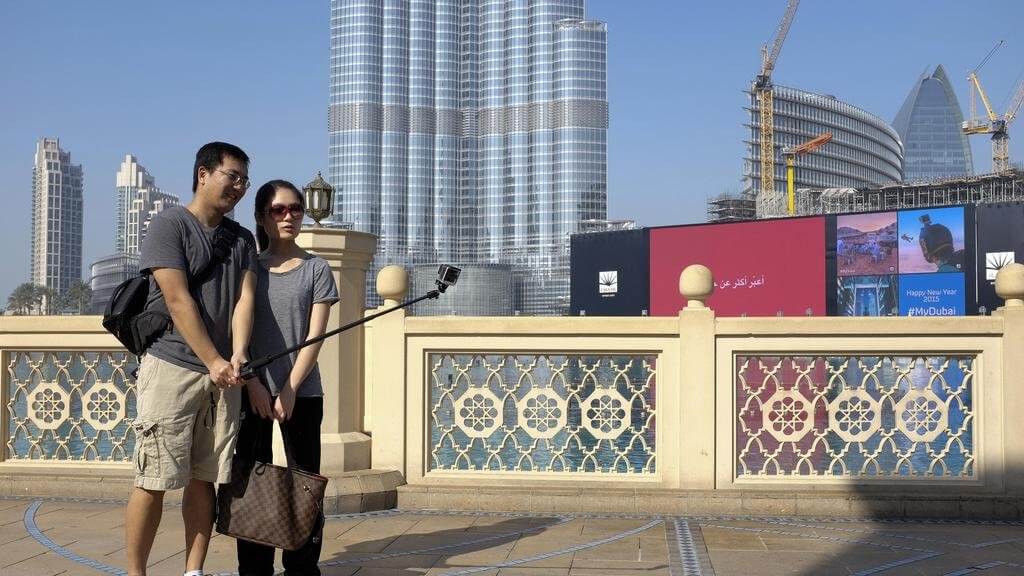Travellers today are tech savvy, well-connected, easily distracted and have sky-high expectations.
To capture their attention (and keep it) you need to ensure an exceptional customer experience that delivers a quality service, a consistent brand voice, and a simple, straightforward content for allure within the global market.
Translation and localisation will play a vital role in ensuring the efficiency and accuracy and of your travel brand across all channels and languages.
Follow our tips below to guarantee success when executing an effective global customer experience.
#1 Do your research
Invest in qualitative research before committing to building a travel/holiday website that fails to reach the desired expectations of travellers. Interview holidaymakers, test your theories and check out the competition to guarantee your site is relevant, personalised and competitive.
#2 Specific services & relevant markets
In today’s global market is crucial to be aware of target customers, their cultures and customs. There are distinct needs that require attention for specific markets and your localisation should take these into account. Get help with translation and ensure your localisation is accurate to avoid costly mistakes. When creating content keep writing simple and be aware of cultural references that may be influenced by region. For example, if writing in the UK about a ‘White Christmas’ this won’t be relevant in Dubai, for instance.
#3 Plan ahead
Marketing teams must create a personalised strategy that considers web content, website, advertising campaigns, translation technologies, communication management and more. Plan ahead when localising products or services to save costly re-work. You might want to consider granting your translation provider access to your staging server and web apps as this could save time and unnecessary expense. It will also allow them to review context as well as reviewing and testing user interface text elements within your travel apps.
#4 Have a consistent brand voice
To be recognised at a global level you need branding, logos, taglines, and websites that are consistent, but you also require an awareness of localisation and translation variances. Be easily recognised throughout your service provision by finding your unique brand voice, and go with it. A good localisation team will assist with local markets ensuring you can stay true to your voice while fitting seamlessly into local cultures and customs. Include localisation and translation as part of your initial strategy to enable smooth transitions.
#5 Be mobile
It may seem an obvious statement but the use of mobile devices by travellers is massive. Make sure your website content and design enables a mobile experience that is second to none and takes account of localisation. Your online goals—and specifically how your mobile website and content aligns to all of your regions and locations—need to be part of your initial plan or you may find yourself going back to the drawing board more often than you’d like.
#6 Measure your Return on Investments (ROI)
Localisation and translation don’t need to be overly costly, but if you aren’t sure that they are working for your company, they might feel like a waste of time and money. Monitor the impact of your investment to ensure the right localisation is being used and use experts to assist with translation if it isn’t working as planned.
Providing the best possible experience for customers within the travel industry needn’t be a hugely expensive, or stressful experience if you are organised, well-informed, and prepared to invest wisely in an effective translation and localisation team who can support your transition into local markets.
Check out some of the translation & localisation work we do in tourism.












